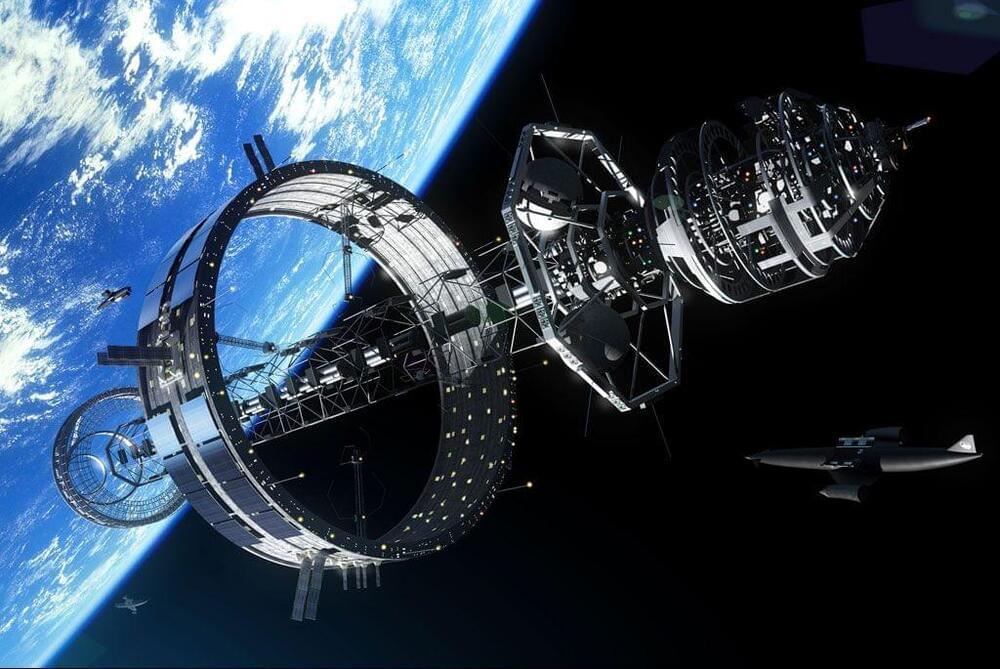To construct a Dyson Shell (or Cap), an exceptionally light and very absorptive material would be necessary, because a 20-mile-radius (32 km), 0.4-inch-thick (1 cm) titanium Dyson Shell would have a mass of more than 1,200 Empire State buildings! Alternatively, a Dyson Cap that absorbs radiation that would be fed into a heat engine would have a lower mass, but would also deliver an inferior acceleration.
Furthermore, a gamma-ray laser is currently the only conceivable technology that could be used to make a Schwarzschild Kugelblitz. However, such a laser’s output frequency would need to exceed current technology by more than a billion times. Its pulse duration would have to be a hundred billion times shorter than that of lasers today. The total energy of a single laser pulse would need to be equivalent to the energy the sun puts out in 1/10 of a second.
While it’s true that the technical challenges render it unlikely that a SK will be fueling an interstellar starship anytime soon, it’s imperative that we embrace a wide range of theoretical research. SKs can produce many petawatts of useable radiation; therefore, they hold the potential to be an ideal source of power for interstellar starships. Thus, in time, Schwarzschild Kugelblitzes may merit a position of distinction on the vast technology arc that could one day take us to the stars.
